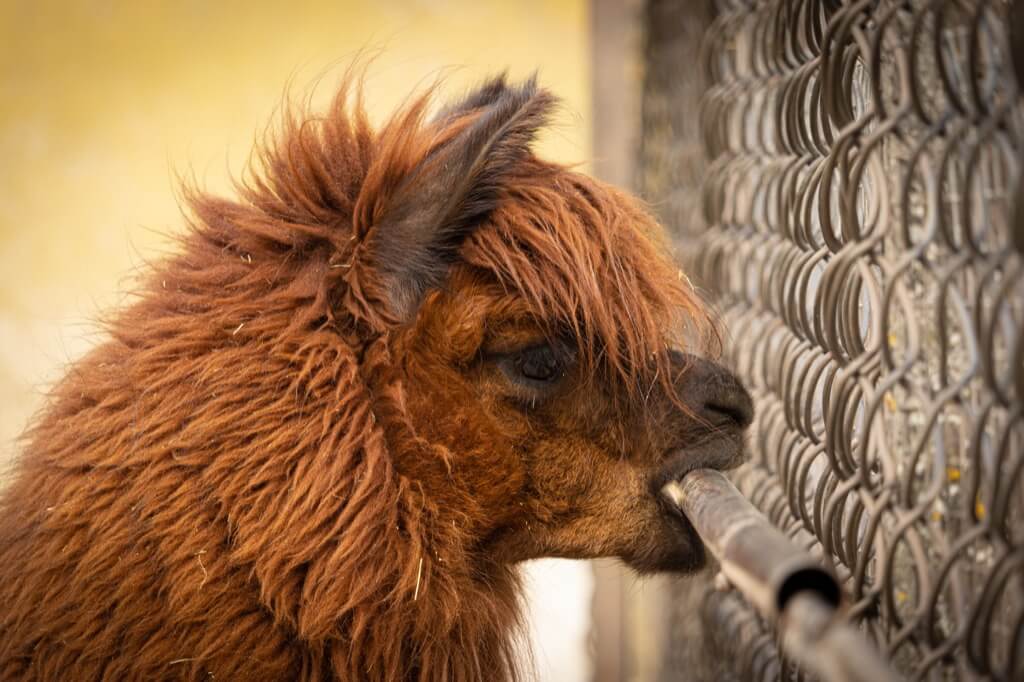In the intricate world of zoo diplomacy, the story of leased giant pandas unfolds with surprising complexities. Let’s explore the captivating history behind the symbolic creatures known as China’s ambassadors.
In the early days of zoo diplomacy, China generously gifted giant pandas to various nations, fostering international relationships. However, as the dynamics evolved, China began leasing these remarkable animals, not only for diplomatic purposes but also for conservation efforts and substantial financial gain.
The Terms: Costs, Responsibilities, and Penalties
Under the intricate terms of the panda lease agreements, lessees face stringent regulations and financial obligations. The rental fees for these beloved creatures can range from $500,000 to $1,000,000 annually, with a significant portion designated for panda conservation. Moreover, strict protocols, including life insurance coverage and stringent penalties, ensure responsible panda care.
The High Price of Pandas: From Bamboo Consumption to Exhibition Costs
Behind the charm of these beloved creatures lies a costly reality. Giant pandas can consume up to 40 pounds of bamboo daily, making their upkeep a significant financial commitment for zoos. The investment in creating and maintaining panda exhibits can also be substantial, often amounting to millions of dollars. Despite the expenses, the enduring allure of pandas as a crowd-puller remains undeniable, as witnessed by the impressive surge in visitor numbers at various zoos post-panda arrivals.
Panda Origins: A Bamboo Haven in China’s Mountains
Did you know that the bamboo forests of Sichuan, Shaanxi, and Gansu Provinces in China are the sole natural habitat of giant pandas? While some are kept as pets, approximately 1,600 continue to roam freely in the wild, underscoring the importance of conservation efforts.
Size Matters: The Mighty Build of Giant Pandas
Imagine encountering a giant panda standing at five feet tall and weighing up to 300 pounds, akin to the size of a black bear. These gentle giants boast an impressive stature, reflecting their significant presence in the animal kingdom.
Picky Eaters
Though renowned for their bamboo-based diet, giant pandas also diversify their palate in the wild. When not munching on bamboo for up to 12 hours a day, they might feast on a range of other foods, including rodents, insects, birds, and even fish, showcasing their adaptable nature.
The Surprising Social Behavior of Pandas
Despite their solitary nature, pandas occasionally engage in peculiar interactions, sometimes slapping and even playfully biting each other. Their infrequent encounters in the wild rarely lead to voluntary companionship, emphasizing their preference for a more solitary lifestyle.
Life Stages of Pandas
Did you know that baby giant pandas nurse for an astonishing 18 months before transitioning to solid foods? It takes female pandas 4-5 years and males 6-8 years to reach sexual maturity, signifying the gradual development and distinct life stages of these beloved creatures.
Bonus Fact
In addition to their recognizable love for bamboo, giant pandas showcase a surprising array of behaviors and adaptations, underscoring the intricate nature of these iconic animals.
Ethical Concerns: Exploitation or Conservation?
There exists a growing debate regarding the ethical implications of renting pandas. Critics argue that the practice can border on the exploitation of these beloved creatures for financial gain, raising questions about the true intentions behind panda leasing agreements. Some suggest that the focus on profit might overshadow genuine conservation efforts, prompting a reevaluation of the motives behind these transactions.
Natural Habitat Displacement: Impact on Wild Panda Population
One contentious issue linked to panda leasing is the potential impact on the natural habitat of wild pandas. The demand for these charismatic animals in zoos worldwide might inadvertently contribute to habitat displacement and fragmentation, leading to disruptions in the ecological balance and posing a threat to the survival of the remaining wild panda population. This has sparked concerns about the unintended consequences of panda rentals on the broader conservation landscape.
Limited Genetic Diversity: Challenges in Breeding Programs
Critics of panda rentals highlight the challenge of maintaining genetic diversity within captive panda populations. With limited access to a diverse gene pool due to the strict terms of panda leasing agreements, concerns arise regarding the potential implications for breeding programs. The focus on leased pandas might inadvertently lead to a reduction in the overall genetic variability, posing a significant obstacle in ensuring the long-term health and resilience of the species.
Cultural Symbolism: Panda Diplomacy and Political Significance
Beyond the conservation aspect, the concept of panda rentals holds significant cultural and political symbolism, often entwined with diplomatic relations between countries. Critics argue that the practice might inadvertently contribute to diplomatic tensions, with panda leases potentially becoming bargaining chips in international relations. This raises questions about the true motivations and impacts of panda diplomacy, highlighting the complex interplay between conservation, politics, and cultural symbolism.
Resource Allocation: Balancing Panda Expenses and Conservation Priorities
A critical argument against the practice of renting pandas centers on the allocation of resources within the conservation sphere. With significant financial investments directed toward leasing and maintaining pandas in foreign zoos, concerns arise about the potential diversion of funds from crucial on-ground conservation efforts within China. Critics suggest that a reevaluation of resource allocation is necessary to ensure a holistic and sustainable approach to panda conservation both within and beyond zoo boundaries.
Steps to Make a Difference
If you’re passionate about panda conservation, here are some steps you can take to advocate for their well-being. Start by raising awareness about the challenges faced by pandas in both wild and captive environments. Engage with local conservation organizations and participate in campaigns highlighting the importance of preserving natural habitats and promoting sustainable conservation practices. Consider supporting reputable charities dedicated to panda conservation efforts through donations or volunteer work, contributing directly to the protection and welfare of these beloved creatures.
Tips for Evaluating Panda Rental Programs
When considering the complexities of panda rental programs, it’s essential to stay informed and critically evaluate their implications. Research the specific terms and conditions of panda leases, paying attention to the financial and conservation aspects involved. Stay updated on the latest debates and controversies surrounding panda rentals, considering multiple perspectives to form a well-rounded understanding of the issue. Engage in discussions with experts in the field, zoologists, and conservationists to gain valuable insights and make informed decisions about your stance on the matter.
Championing Ethical Conservation
Advocating for pandas involves navigating various ethical considerations. You might wonder how to ensure that your support aligns with ethical conservation practices. Start by researching the conservation policies and practices of organizations involved in panda leasing. Inquire about their initiatives for preserving genetic diversity and supporting the natural habitats of pandas. Consider raising questions about the long-term implications of panda rentals on both captive and wild populations. Stay vigilant in advocating for transparent and sustainable conservation practices that prioritize the well-being and preservation of these iconic creatures.
A Delicate Balance of Conservation and Entertainment
While the financial implications of leasing pandas are undeniable, the broader impact on conservation and public engagement is equally significant. The profound draw of pandas to zoos worldwide serves as a powerful tool for education and awareness, creating a delicate balance between financial viability and wildlife preservation.




